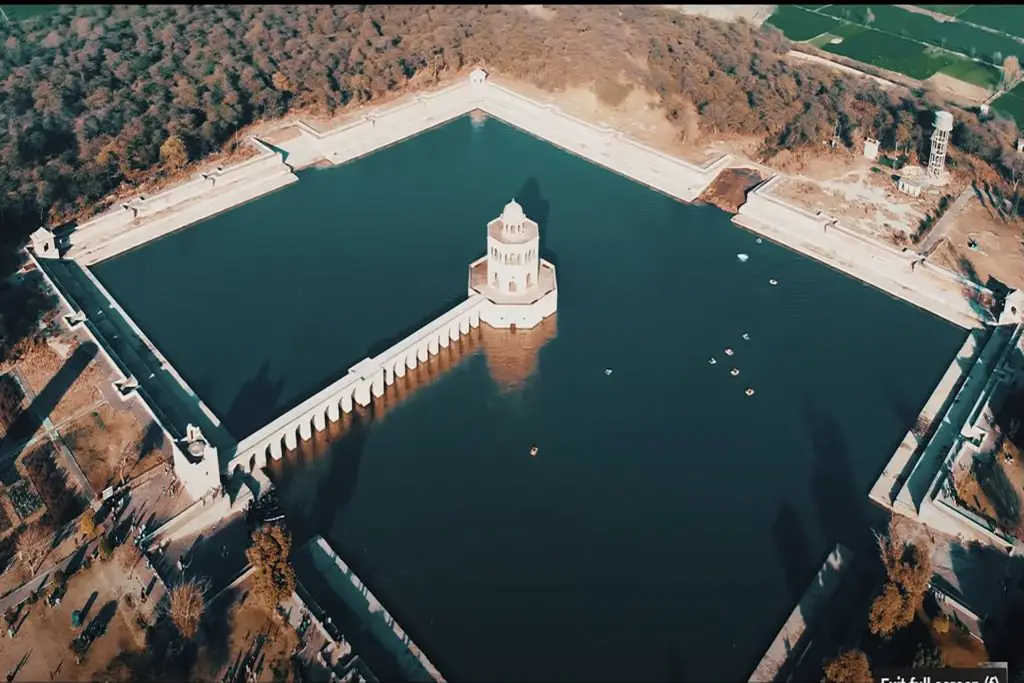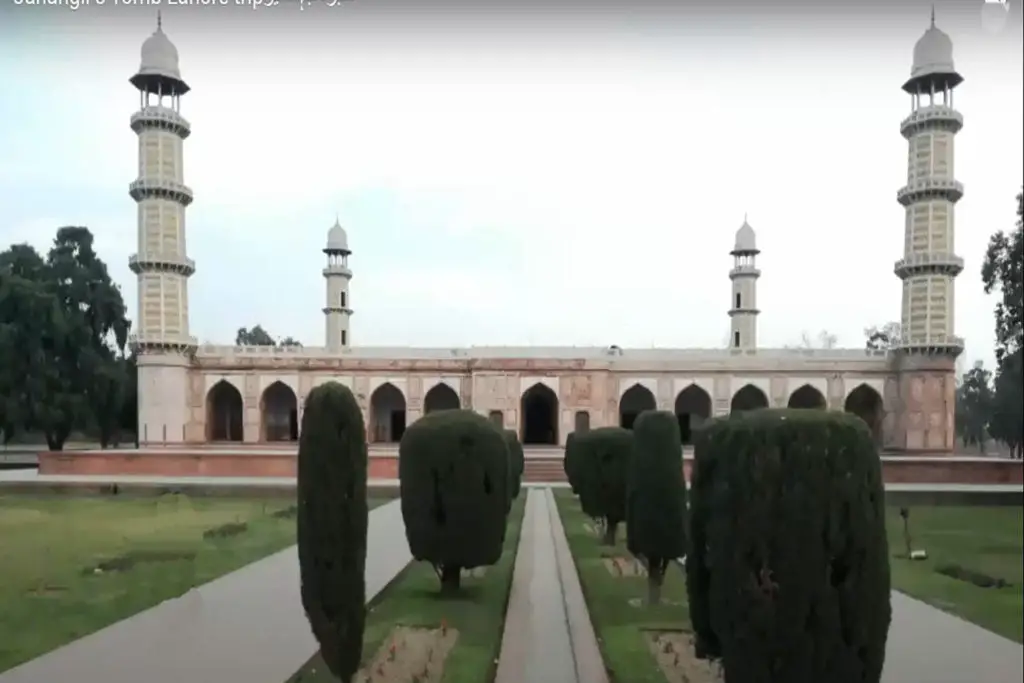Kalan Kot Fort, also known as Tughlaqabad, is a historical citadel located in the southern Pakistani city of Thatta in Sindh Province. Kalan Kot Fort is situated on a hill overlooking the city and is considered to be one of the most impressive examples of medieval architecture in Pakistan.
Location of Kalan Kot Fort
Situated on the Makli Hills, a few miles south of the Archaeological campus, lies the expansive remnants of a once-majestic fort known as “Kalan Kot Fort” or Tughlaqabad. Historical accounts, such as the Tarikh-i-Masumi, attribute the construction of this fort to Mirza Jani Baig, who is said to have built it in the late 16th century AD. It was built upon the site of a previous fort established by Jam Taghur or Taghlik, which, in turn, was erected on the grounds of an ancient Hindu fort.
Kalan Kot Fort was built during the reign of the Tughlaq Dynasty. It was constructed by Ghias-ud-din Tughlaq, who was the ruler of Delhi at that time. The fort was designed to be a defensive stronghold and was strategically positioned to control the region.
Kalan Kot Fort Architecture
Kalan Kot Fort was built with stone and bricks, and its walls are almost 30 feet high. It has several towers, bastions, and gates that were designed to provide an impregnable defense against any invading army. The fort also has a number of underground chambers that were used for storage and as a shelter during times of war.
Kalan Kot Fort itself, with its extensive layout, appears to possess an irregular oblong shape. Its walls, measuring approximately 14.5 feet in thickness, along with its circular bastions, were constructed using a core of mud bricks, encased on either side by a layer of burnt bricks laid in mud mortar. The burnt brick lining reaches a thickness of around 10 inches.
Despite the ravages of time, some remnants of the fort’s structures can still be seen. The fort was divided into various sectors, each featuring different types of residential buildings. However, only fragments of the fortification wall and ruined bastions remain today. One notable feature among the remnants is a dilapidated mosque, accompanied by a sizable tank located in front of it. The approximate dimensions of the mosque are 250 feet by 165 feet, while the tank measures around 96 feet by 87 feet, with a depth of 14 feet.
What remains of the mosque is primarily the roofless prayer chamber, featuring its main entrance arch on the east side, which is approximately 10 feet thick. The existing walls stand at a height of approximately 25 feet. Within the mihrab on the western side, the remnants of honeycombed plasterwork can be observed.
The jambs and spandrels of the upper niches once boasted white and blue glazed tiles, traces of which can still be glimpsed. The mosque’s floor was paved with plain tiles. The main entrance arch of the mosque was adorned with cut and dressed brick tiles, laid in mud mortar, with the visible joints meticulously treated with lime chiroli mortar. In the northwest corner of the mosque, a damaged stone pulpit, intricately carved with floral designs, still occupies its space.
The tank situated in front of the mosque was skillfully carved out of rock and lined with bricks, set in lime mortar, before being covered with a thick layer of lime plaster. These remnants serve as a testament to the architectural grandeur that once graced the fort of Kalan Kot, now standing as a witness to the passage of time and the stories of its past.
Please Note that all the fort buildings and structures no longer exist except the mosque.

Kalan Kot Fort History
Kalan Kot Fort has a rich history, and it has been the site of many important battles over the centuries. During the Mughal period, the fort was used as a royal palace and a military garrison. It was also used as a prison during the British colonial period.
Mirza Jani Baig, while engaged in battle with Emperor Akbar‘s troops under Khan Khanan, instructed his father Payndah Baig, and his son Abul Fateh, who were in Thatta at the time, to construct a refuge fort. Should the need arise for a hasty retreat, Mirza Jani Baig urged them to seek safety within Kalan Kot Fort. As fate would have it, the city of Thatta suffered temporary devastation, fulfilling Mirza Jani Baig’s foresight.
Today, Kalan Kot Fort is a popular tourist attraction in Thatta, and visitors can explore its impressive architecture and learn about its history. Kalan Kot Fort offers a stunning panoramic view of the city and the surrounding landscape, making it a great spot for photography.
Over the years, Kalan Kot Fort has undergone several renovations and restorations to preserve its original splendor. The Pakistani government has undertaken significant efforts to protect and conserve the fort, ensuring that it remains a vital part of the region’s cultural heritage.
Kalan Kot Fort or Tughlaqabad in Thatta is a fascinating historical citadel that offers a glimpse into Pakistan’s rich cultural and architectural heritage. Its impressive walls, towers, and underground chambers stand as a testament to the engineering prowess of medieval times. The fort’s rich history and cultural significance make it an integral part of the local community, and it continues to inspire awe and wonder among visitors from all over the world.








